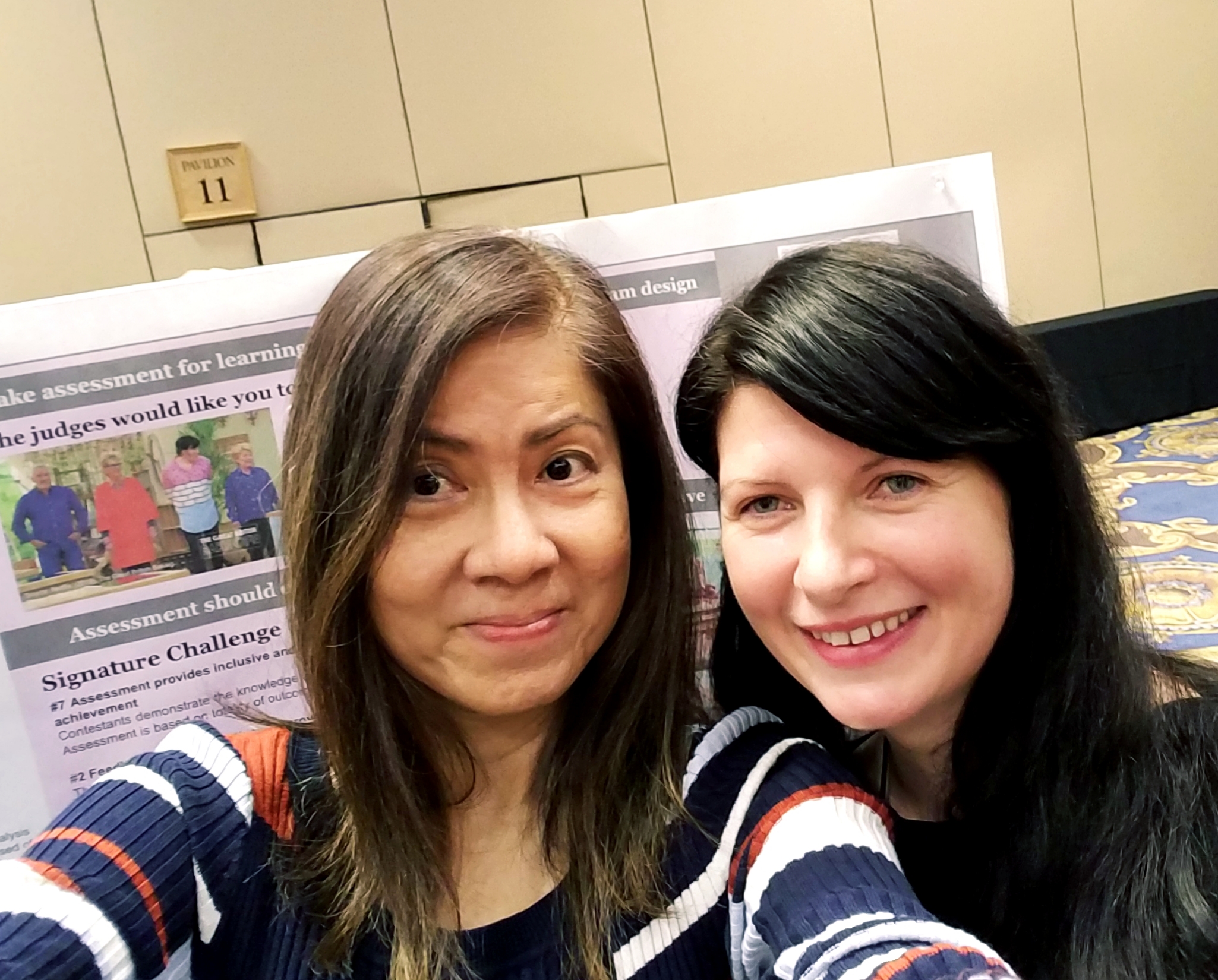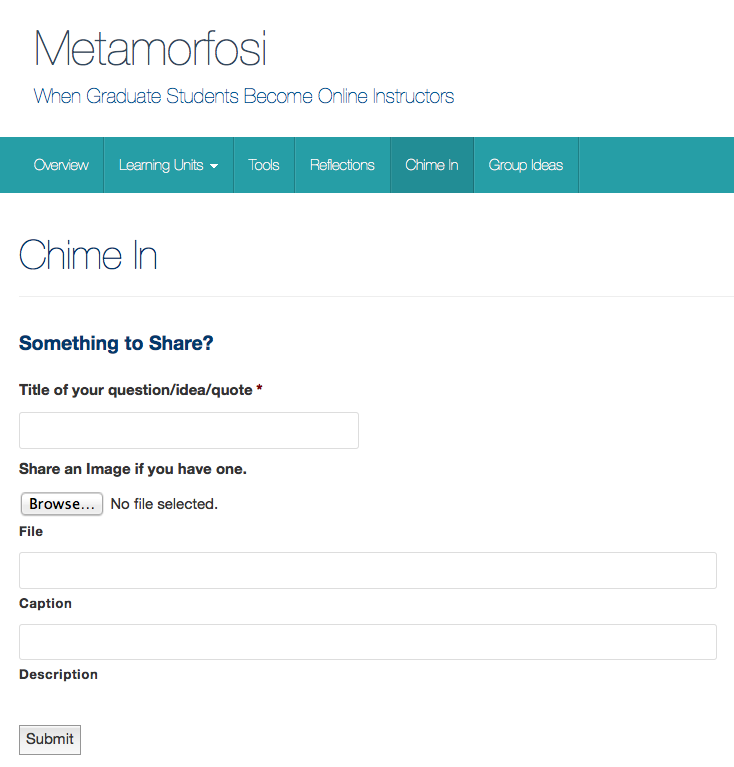F2F or Onground
It took a while for me to get used to people at my workplace referring to face-to-face (F2F) courses as on-ground courses. I mean no ill will and am not being snooty. It’s new to me and it just fascinates me that we have these two terms to describe this in-person form of learning experience. I’m speculating that maybe people were describing and referring to these courses from their different perspectives. It reveals a bit about the background of the speaker and how they were thinking (new APA style: singular “they” is allowed).
In the instructional design discipline, or at least from my educational experience, I’ve always been taught to refer to these courses that are place- or location-based in a physical institution as F2F courses. It seems we are focused on the nature and type of interaction that is occurring, or that gets a chance to occur. F2F versus Online or Virtual (simulated; cyber; computer).
Starting last year (2018), when I began working with clients who did not have ID background, I began to encounter this term, “on-ground” courses. My overactive mind started thinking about the contrast between these two terms. What could the non-ID speakers be imagining when they use the term? On-ground vs being “in the air”? In the cloud? Why did this choose to use this word? Where did they learn or first encounter this word?
Are there IDs who refer to these F2F courses as onground courses too? I’m curious to know.




